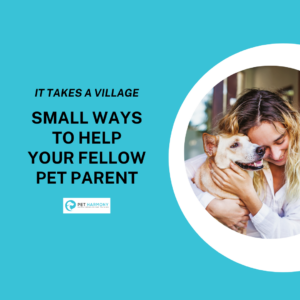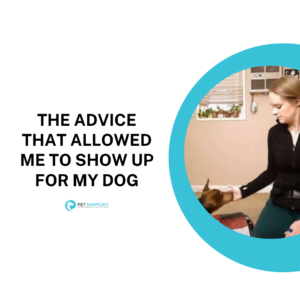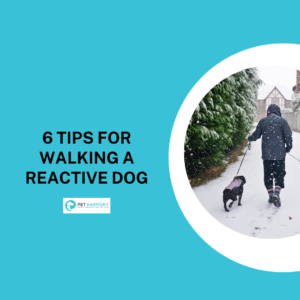
It Takes a Village: Small Ways to Help Your Fellow Pet Parent
The other day I was on a walk, pondering. I do most of my pondering while strolling in the woods. I passed a few dogs

The other day I was on a walk, pondering. I do most of my pondering while strolling in the woods. I passed a few dogs

In a recent podcast episode, #83 – Enrichment for Shelters, Allie and Emily talk about how incredibly impactful a midday rest can be for shelter

Throughout my time with Griffey, I have received all sorts of advice, both solicited and unsolicited–something so many of us with pets with behavior challenges

Hi, friends! If you follow us on Instagram, you may have seen Griffey and I have been having some challenges. Part of having a pet

“Can my dog sleep in my bed?” This is one of those questions that, after years of working with families, I noticed people were anxious

Hey, friends. This is a popular topic, so I know if you google “Tips for Walking a Reactive Dog”, a ton of things are going

I know that the new year is often a time that people take a beat to focus on what matters to them, and for many

I consider myself to have strong observation skills. I consider my partner to have strong observation skills. And yet, with each of us having over

As we move into the holiday season, I thought it would be a perfect time to circle back to a recent episode of the Enrichment

Happy October, y’all! Since October is Trick or Treat month for many people, I thought that we’d do a treat-centric enrichment challenge this month! For
